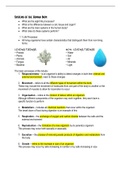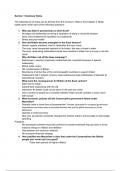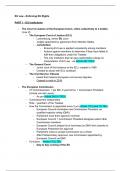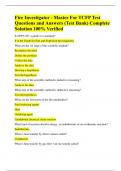Summary
Summary Life Sciences Grade 9 IEB Syllabus Notes
- Course
- Life Sciences
- Institution
- 9th Grade
A comprehensive summary of the systems of the human body. These notes will aid you in your preparation and will help you ace your upcoming test or exam. These notes are easy to learn and cover the important concepts you need to know.
[Show more]







